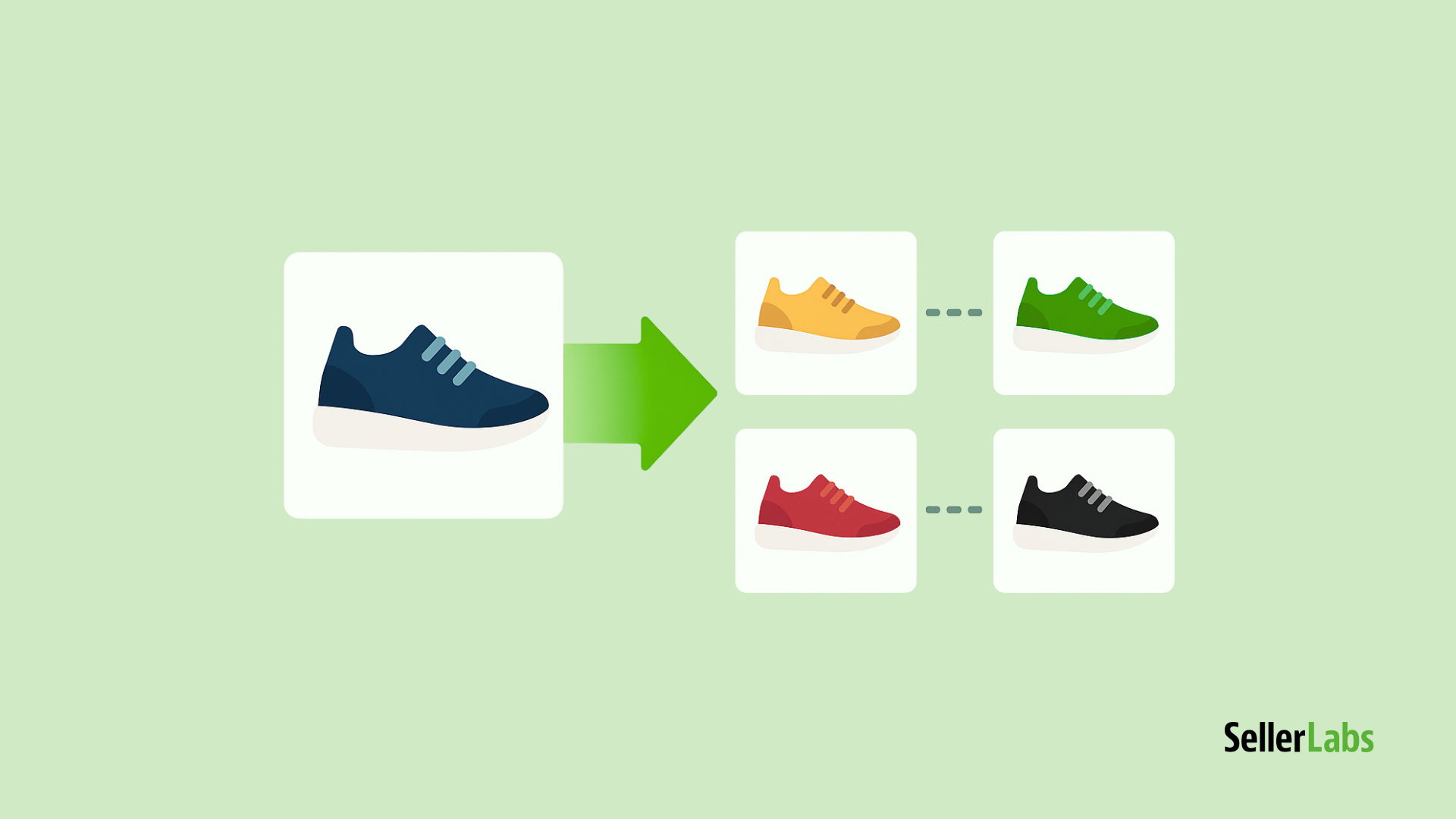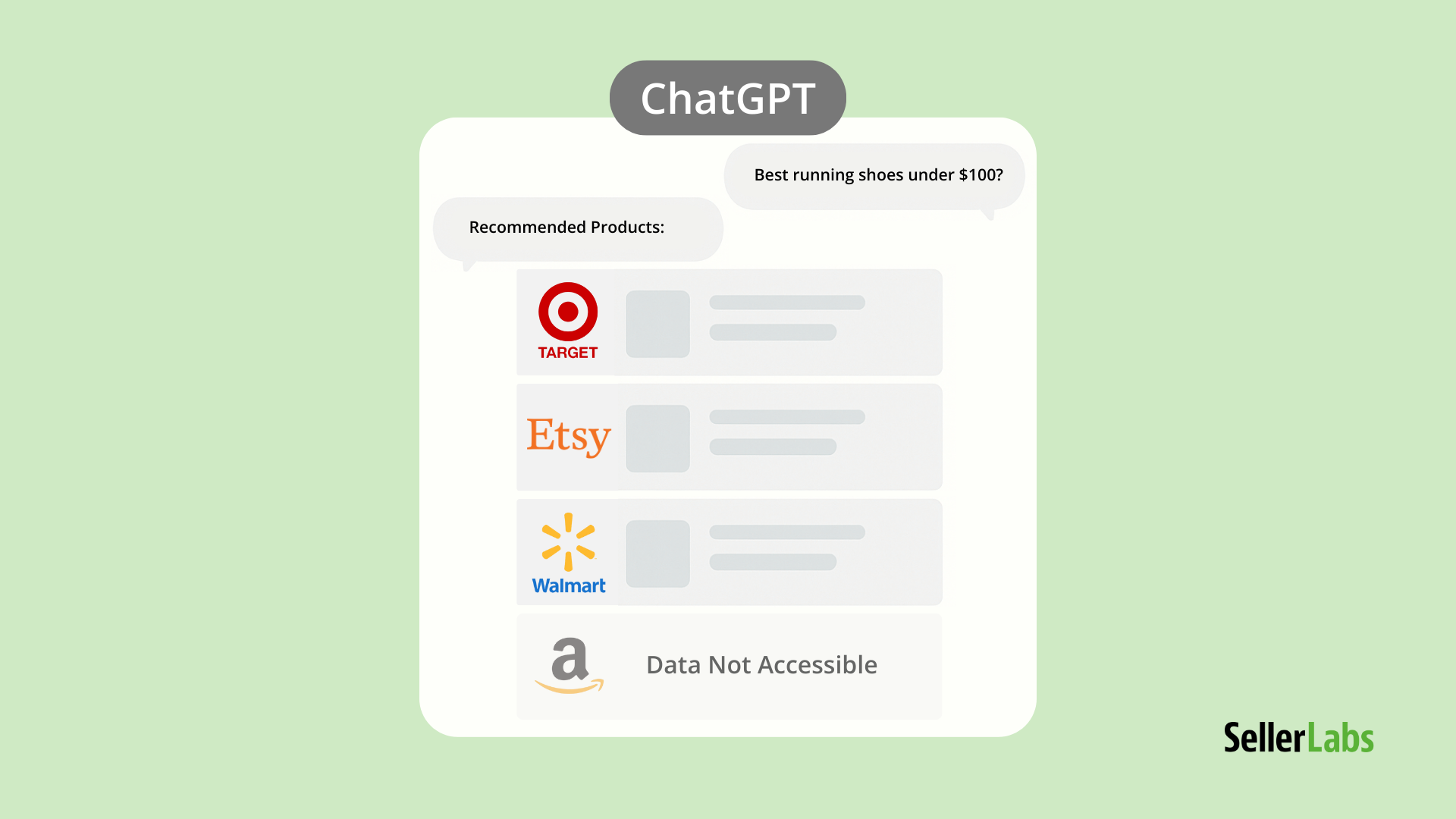Navigate the August 2025 import tax updates, protect your margins, and outsmart your competitors fast.
It’s August 2025. Tariffs Are Live—and They’re Hitting Your Bottom Line
If you’re an Amazon seller and your sourcing strategy still reflects April’s assumptions, you’re already behind. The August tariff enforcement has officially gone into effect, with country-specific rates reshuffled just days ahead of Q4 planning season.
Some duty rates are lower than expected. Others, like Brazil’s, jumped drastically. Meanwhile, major sources like China and Mexico remain uncertain—with a possible August 12 announcement that could redefine the entire sourcing map.
This isn’t a theoretical risk. These changes impact what you sell, where you source, how you price, and whether you stay profitable.
This guide walks you through what’s changed, how to respond, and exactly what to do next to stay in the game.
This Article Will Help You Answer:
- What are the final August 2025 tariff rates that affect Amazon sellers?
- How do these shifts impact your COGS and margins right now?
- Which SKUs should you keep, kill, or cuddle (Tyler Jefcoat’s Keep-Kill-Cuddle SKU strategy, as shared on The Seller Roundtable Mastermind)?
- How do you prepare for China’s looming August 12 update?
- How can Seller Labs Genius and Agent Genius BETA help streamline your margin management?
Finalized Tariff Rates: What Sellers Need to Know
| Country | April Proposal | Final August 1st Rate | Why It Matters to Amazon Sellers |
|---|---|---|---|
| Brazil | 10% | 50% | A dramatic increase that affects apparel, supplements, and mid-size consumer goods. |
| Cambodia | 49% | 19% | Lower than projected, but still significant with de minimis repeal now in effect. |
| India | 26% | 25% | Minimal change; still a high-impact zone for textiles, accessories, and packaging. |
| Japan | 24% | 15% | A welcome drop; potential opportunity zone for electronics or beauty brands. |
| China | TBD (by August 12th) | The biggest unknown. Sellers must model for multiple potential duty scenarios. |
The above table is just the beginning. Dozens more countries have updated rates, with new risks and opportunities for sellers. Highlights include:
- Vietnam: 20% (from 46%) — margin room improved
- Switzerland: 39% (from 31%) — electronics affected
- South Korea: 15% (from 25%) — sourcing opportunity
- Philippines, Pakistan, Malaysia: 19% flat rate
💡 Want to see the full 2025 tariff chart? Click Here to View the Full Tariff Chart from CNN
Smart Seller Actions to Protect Your Margins Today
1. Identify and Prioritize At-Risk Products First
Don’t panic—prioritize. Start with your top 20 revenue-driving SKUs. These are the products that, if hit, could sink your margins fast. Check which of them are sourced from Brazil, India, Cambodia, Japan, or China.
Run impact scenarios, not just spreadsheets. Do this before adjusting your costs or pricing.
Use this step to:
- Reprioritize inventory budgets
- Catch negative-margin products early
- Flag at-risk ASINs for deeper analysis
2. Ask Agent Genius (BETA) to Calculate New Margins
Inside Seller Labs, you can now use Agent Genius (currently in BETA) to ask:
“What’s my new margin for [ASIN] if import cost rises 25%?
🧪 Agent Genius (currently in BETA) gives fast margin insights using natural language. It’s powered by an LLM, so verify all outputs and provide feedback to improve accuracy.
3. Use the Keep, Kill, or Cuddle Framework
Once you’ve identified at-risk SKUs, apply the quadrant logic:
- Keep: Your Super Stars—products with high velocity and strong margins. Never let these stock out.
- Cuddle: Products with strong margins but low velocity. Take action:
- Increase ad budgets
- Lower prices
- Negotiate better vendor terms
- Reduce MOQs
- Kill: Low-velocity, low-margin SKUs—aka “Doggies.” Consider:
- Liquidation or bundling
- Redirecting capital
- Replacing with smarter bets
(Tyler Jefcoat, The Seller Roundtable Mastermind)
4. Prepare for China’s Tariff Status—Strategically
Instead of making assumptions, take action:
- Review HS codes for tariff sensitivity
- Get estimates from freight partners
- Prep multiple sourcing strategies based on 0%, 20%, or 40% duty options
This gives you agility when the August 12 decision hits—and protects Q4 cash flow.
5. Evaluate Sourcing Alternatives Without Panic
It’s tempting to chase lower rates—but don’t swap a margin risk for a supply chain risk.
Before making changes:
- Audit your MOQ and vendor relationships
- Consider backup suppliers in different tariff zones
- Evaluate logistics timelines and total landed cost
Explore smarter options in these related guides:
6. Update Product Costs and Pricing After Margin Analysis
Now that you’ve:
- Assessed your SKU risks
- Modeled margin impact
- Decided what to keep, kill, or cuddle
…you can confidently:
- Update your COGS inside Seller Labs Genius
- Set margin alerts and triggers
- Let Genius help monitor the numbers that matter
Bottom line: Use real numbers, not guesses. Seller Labs gives you the tools to understand the true cost of staying competitive.
Expert Insight
“We’re bracing for more price hikes on imported goods after Trump’s tariffs. They’ll be passed on to consumers, so sellers need to rethink everything from cost to pricing.” — CNBC Retail Coverage, August 1, 2025
How the Genius Bundle Helps Sellers Handle Tariff Chaos
The average Amazon seller doesn’t have time to juggle spreadsheets or guess at their profitability. The Seller Labs Genius Bundle helps you act fast with tools built for clarity:
✅ See margin impact at the ASIN level, instantly
✅ Compare SKU profitability and spot weak performers early
✅ Agent Genius BETA: Ask questions in plain English to analyze margins, but always verify the output
👉 Try Seller Labs Genius Bundle FREE and get the clarity you need, when every number matters.
Final Thoughts
The August tariff shifts aren’t theoretical—they’re here, and they’re impacting Amazon sellers across categories. Whether you’re sourcing supplements from Brazil or packaging from India, this is the time to act smart, not react blind.
Use your data. Run scenarios. Diversify wisely. And let tools like Seller Labs Genius carry the heavy analytical load so you can focus on growth, not damage control.






